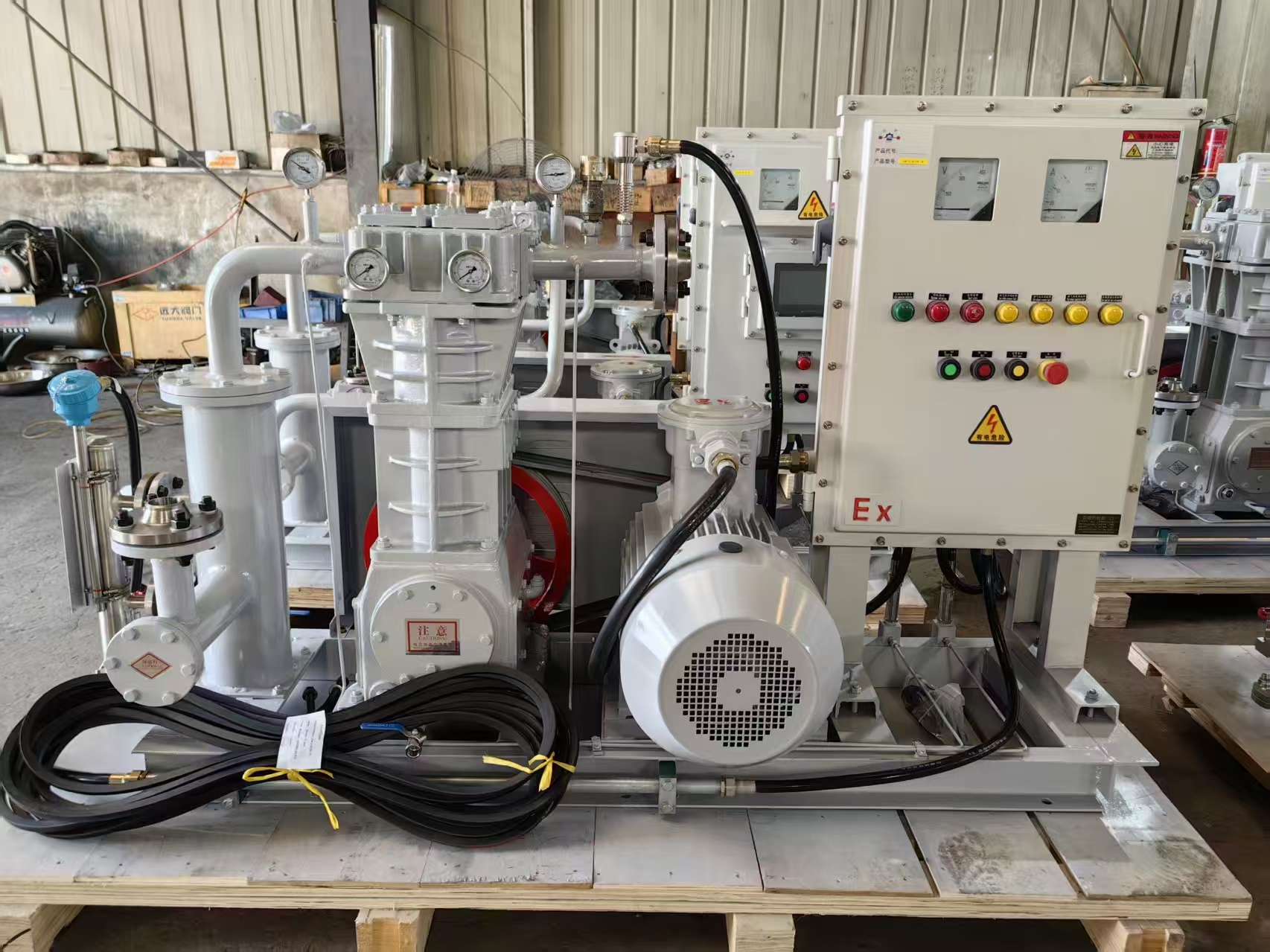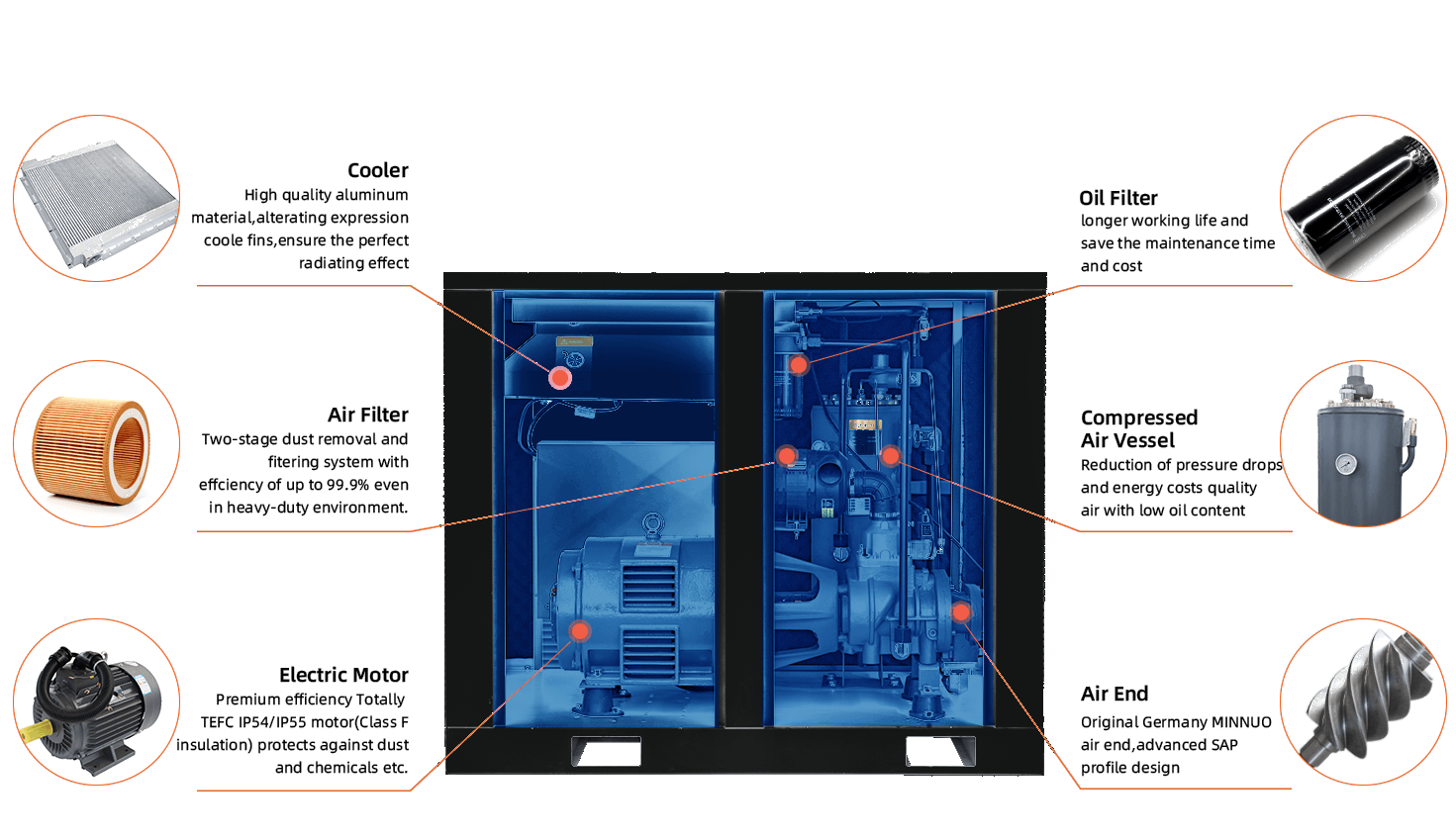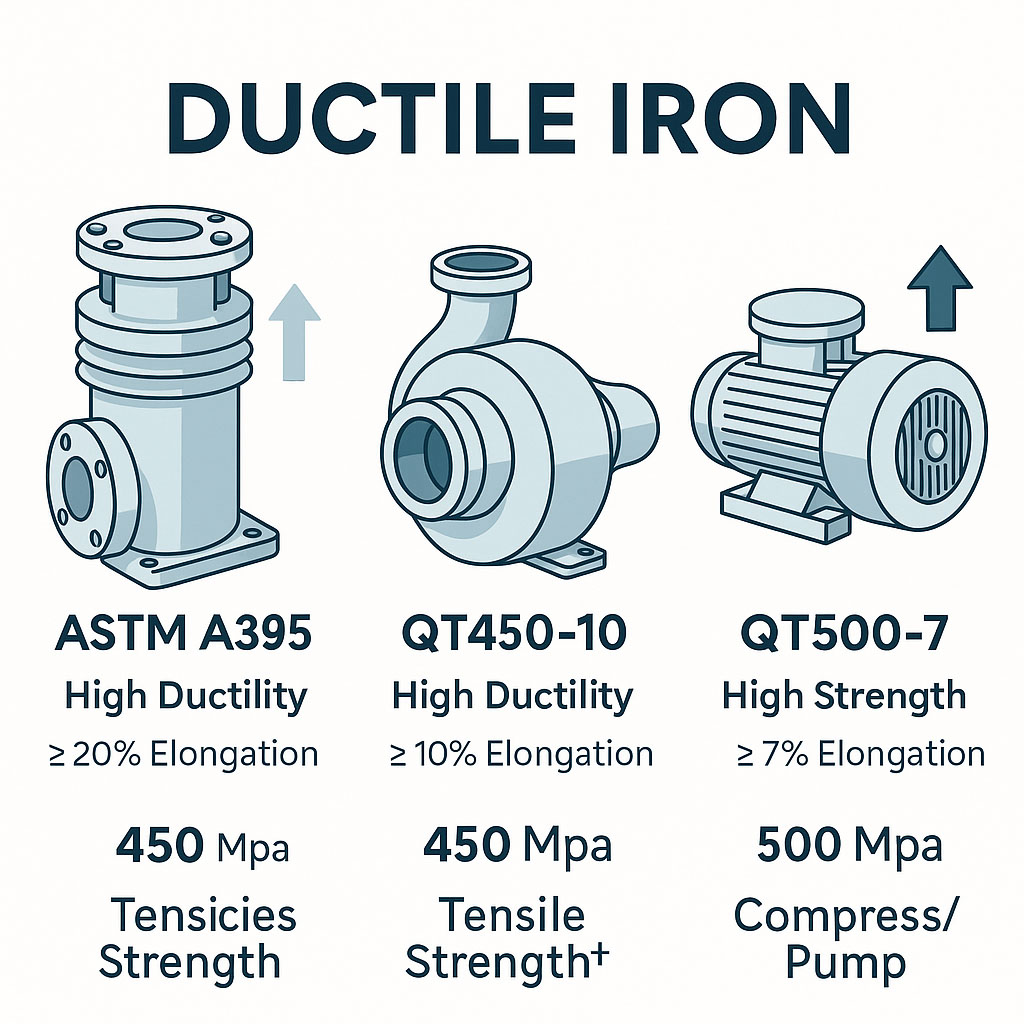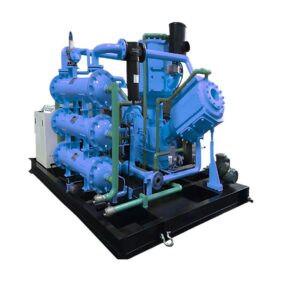Le gazoduc ne peut pas être transporté sur de longues distances sans une augmentation de la pression. Cette tâche incombe au station de compression de gaz naturelLa station de compression de gaz est une installation stratégiquement placée qui maintient le flux de molécules de la tête de puits à la porte de la ville. Dans ce guide, vous découvrirez le processus de compression du gaz, les principaux équipements de la station et la manière de choisir un produit digne de confiance. fabricants de compresseurs de gaz naturel.
1️⃣ Pourquoi les stations de compression sont-elles essentielles ?
Le frottement à l'intérieur des canalisations, les changements d'altitude et les dérivations réduisent régulièrement la pression. C'est pourquoi, stations de compression pour le gaz naturel rétablissent la vitesse d'écoulement tous les 80-160 km. Sans eux, le débit s'arrêterait, les contrats d'approvisionnement échoueraient et les liquides pourraient s'échapper, provoquant de la corrosion.
2️⃣ Le processus de compression des gaz étape par étape
-
Séparation des entrées
- Le gaz entre d'abord dans un épurateur qui élimine l'eau et les condensats. -
Refroidissement par aspiration
- Un refroidisseur intermédiaire abaisse la température, augmentant ainsi la densité avant la compression. -
Stade(s) de compression
- Des pistons, des vis ou des roues centrifuges augmentent la pression jusqu'aux spécifications du pipeline. -
Post-refroidissement
- La chaleur de compression est éliminée ; les liquides se condensent et sortent par des pots d'échappement. -
Dosage et odorisation
- Des débitmètres vérifient le volume ; un odorant peut être injecté pour détecter les fuites. -
Rejet dans le pipeline
- Le gaz propre et sous pression retourne dans la canalisation principale pour le segment de trajet suivant.
Parallèlement, des automates distants enregistrent les données relatives aux vibrations, à la température et à l'énergie, ce qui permet au centre de contrôle d'optimiser la répartition de la charge entre plusieurs unités.
3️⃣ L'équipement de base que vous trouverez sur place
| Système | Objectif | Technologie typique |
|---|---|---|
| Moteur principal | Convertit le carburant en puissance d'arbre | Moteur à gaz ou moteur électrique |
| Compresseur | Augmentation de la pression | Réciproque, à vis ou centrifuge |
| Refroidisseurs | Retirer le feu | Radiateurs à ailettes ou échangeurs d'eau |
| Séparation | Éliminer les liquides | Laveurs verticaux ou horizontaux |
| Contrôles et sécurité | Automatisation / arrêt | PLC + SCADA + vannes ESD |
Les ensembles Keepwin combinent des corps alternatifs sans huile avec des moteurs à grande vitesse pour atteindre des décharges de 100 bars tout en respectant les limites de vibration API-618.
4️⃣ Choisir entre un système à piston et un système à vis
| Facteur | Réciprocité | Vis |
|---|---|---|
| Pression (>80 bar) | ✔ Haute | ◻ Limitée |
| Stabilité de l'écoulement | Pulsation | Lisse |
| Efficacité en charge partielle | Fort | Plus bas |
| Intervalle d'entretien | 8 000 h | 4 000 h |
C'est pourquoi les lignes de transport transnational s'appuient sur des pistons à plusieurs étages, tandis que les systèmes de collecte privilégient les skids à deux vis pour une pression continue et modérée.
5️⃣ Sélectionner des fabricants fiables
Lorsque l'on compare les fabricants de compresseurs de gaz naturel, évaluer :
-
Conceptions certifiées API (618, 11P)
-
Références éprouvées dans des compositions gazeuses similaires
-
Disponibilité des équipes de services locaux
-
Délai de livraison des pièces détachées inférieur à 72 heures
-
Chevauchement de portefeuille avec fabricants de compresseurs d'hydrogène-signe d'une expertise sous haute pression
6️⃣ Prêt pour l'avenir : Mélange d'hydrogène
Les réseaux d'énergie préparent des mélanges 5-20 % H₂. Les stations auront besoin de matériaux et de joints compatibles avec la fragilisation par l'hydrogène. Keepwin fournit déjà des patins à mouvement alternatif certifiés par les principaux organismes de certification de l'UE. fabricants de compresseurs d'hydrogène garantissant dès aujourd'hui la conformité de demain.
✅ Liste de contrôle rapide pour les concepteurs de stations
-
Dimensionnement pour 110 % du débit de pointe prévu.
-
Utiliser deux unités + une de secours pour la redondance.
-
Récupérer la chaleur de l'eau de gaine pour le chauffage, la ventilation et la climatisation des bâtiments.
-
Installer des capteurs de surveillance continue des fuites.
-
Mettre en œuvre une analyse trimestrielle des vibrations pour prolonger la durée de vie des roulements.
Besoin de plus de détails ?
Keepwin Technology Hebei Co. Ltd. fournit des produits complets et modulaires. stations de compression pour le gaz naturelNous proposons une gamme complète de services, y compris l'ingénierie, la fabrication et le FAT. Contactez notre équipe pour obtenir un package de conception sur mesure.
📧 keepwin@keep-win.com🌐 www.keep-win.com
Restez sous pression - maintenez le gaz en mouvement.











